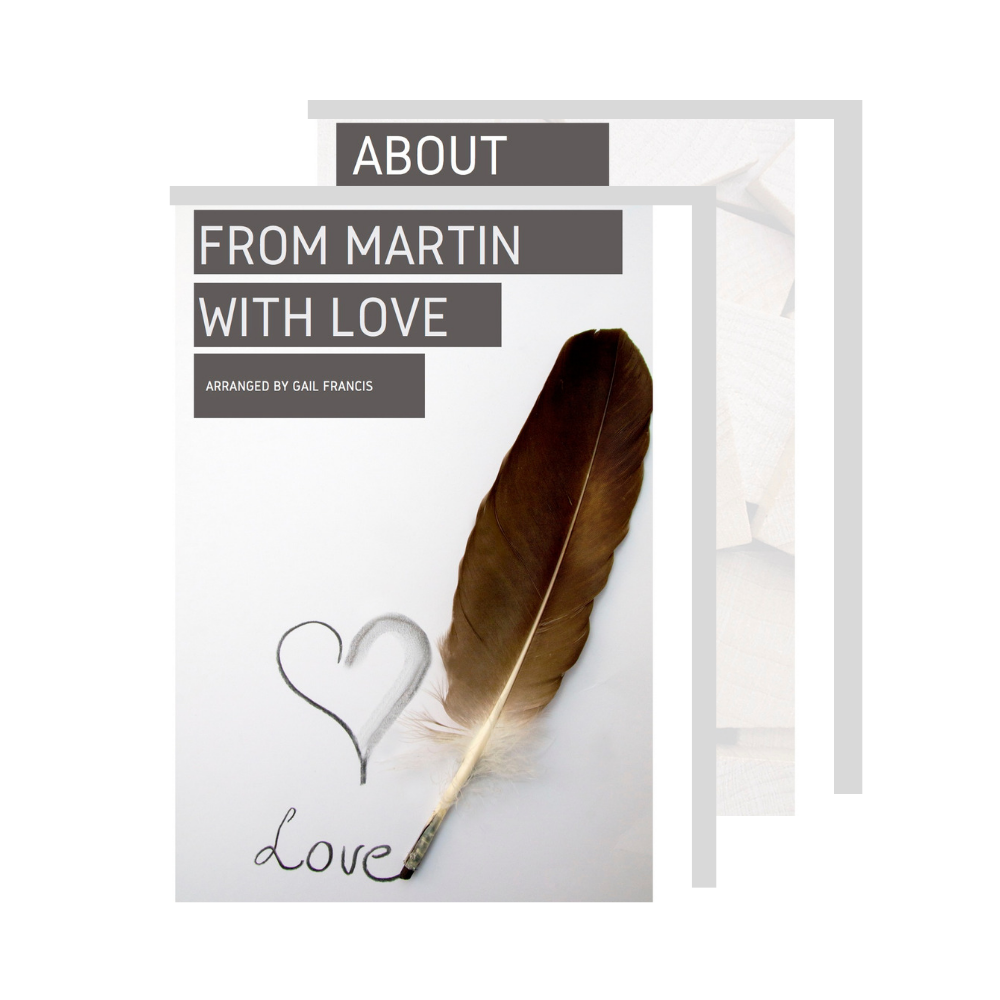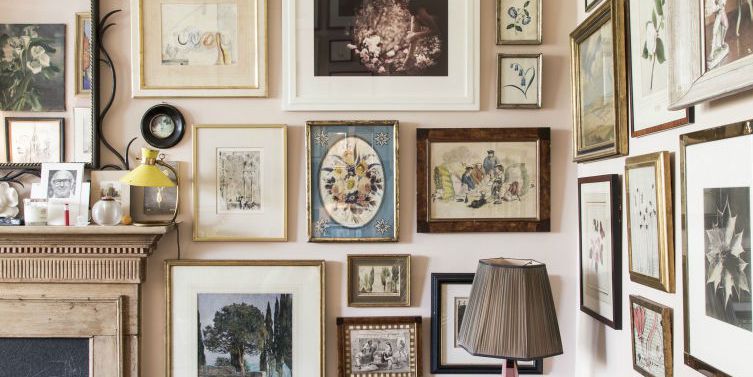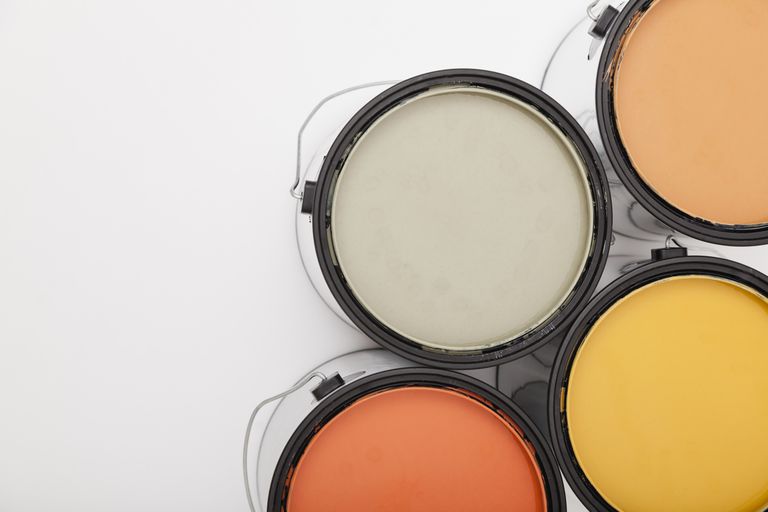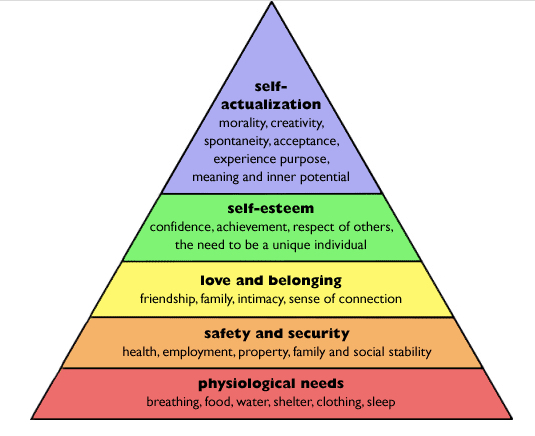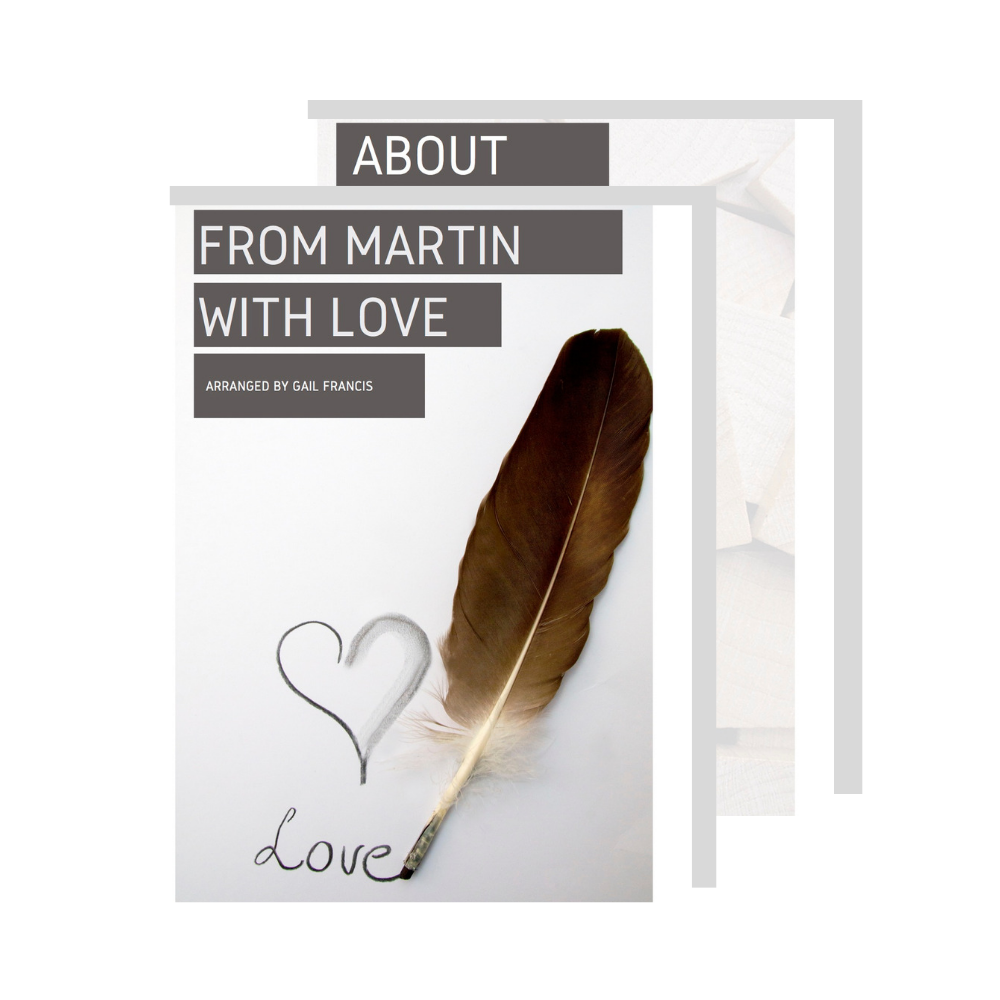Art history is the study of objects of art in their historical development and stylistic contexts; that is genre, design, format, and style. The study includes painting, sculpture, architecture, ceramics, furniture, and other decorative objects. ... This history of cultures is shown in their art work in different forms.
I’ve always wondered about the History of Art, where did it come from? How did it begin? Where did it begin? Our culture here in Trindad is quite a mixture. We have a combination of African, Chinese, Portuguese, East Indian, The culture of Trinidad and Tobago reflects the influence of Indian, European, Spanish (Hispanic or Latino), Jewish, Arab, and African cultures. The histories of Trinidad and Tobago are different. There are differences in the cultural influences which have shaped each island. This is why we look so different or we have very different looks in this country.
WHERE DID ART COME FROM?
Origins of art. The revelation that art was being made on opposite sides of the world during the Ice Age suggests that symbolic painting could have originated independently — or perhaps art-making originated much earlier, in Africa, where humans evolved before marching out to other continents about 100,000 years ago.
INDONESIAN CAVE ART
Archaeologists say they have discovered 40,000-year-old cave art in Indonesia, suggesting that Europe was not necessarily the birthplace of human prehistoric art.
"It was previously thought that Western Europe was the centerpiece of a 'symbolic explosion' in early human artistic activity, such as cave paintings and other forms of image making, including figurative art, around 40,000 years ago," said study leader Maxime Aubert, an archaeologist and geochemist at Australia's Griffith University. "However, our findings show that cave art was made at opposite ends of the Pleistocene Eurasian world at about the same time, suggesting these practices have deeper origins — perhaps in Africa before our species left this continent and spread across the globe."
Stylistically, some of the paintings resemble those found in Europe. There are hand stencils that would have been created as a person spit or sprayed red pigment over his or her hand to leave the outline of a handprint. These look quite similar to the hand stencils found in the El Castillo cave in Spain, estimated to be 37,300 years old. (At 40,800 years old, a red disk on the wall of El Castillo cave was proclaimed to be the oldest reliably dated wall painting ever in a 2012 study in the journal Science.)
This history indicates that art goes back a very long way. It appears to have been started in Africa but also at different ends of the world – east, west, and north at the same time.
ORIGINS OF ART
The revelation that art was being made on opposite sides of the world during the Ice Age suggests that symbolic painting could have originated independently — or perhaps art-making originated much earlier, in Africa, where humans evolved before marching out to other continents about 100,000 years ago.
"But what is clear is that those who continue to try to place Europe at the center of the human story hold an untenable position," Smith wrote in an email. He thinks scientists studying the origins of art and symbolic thought should instead shift their attention to Africa, Asia and Oceania.
HOW LONG HAS ART BEEN AROUND?
It is clear that such workmanship existed by 40,000 years ago in the Upper Paleolithic era, although it is quite possible that it began earlier.
Art is something that stimulates an individual's thoughts, emotions, beliefs, or ideas through the senses. Works of art can be explicitly made for this purpose or interpreted on the basis of images or objects. However, even fine art often has goals beyond pure creativity and self-expression.
Art is a diverse range of human activities in creating visual, auditory or performing artifacts (artworks), expressing the author's imaginative, conceptual ideas, or technical skill, intended to be appreciated for their beauty or emotional power. In their most general form these activities include the production of works of art, the criticism of art, the study of the history of art, and the aesthetic dissemination of art.
Yes Art has been around a long time and it really does stimulate something within us, whether we paint, write, sculpt, cook, garden or craft, as long as it is an expression of our internal feelings. As I said to someone recently “if it is you draw, colour, whatever it is you do, we all need to find that action/task that re-energises us. It brings us such great satisfaction that our energy is renewed. Everyone has that within them but they simply need to access it and let it out and let it live.
WHAT ARE THE 3 BRANCHES OF ART?
The three classical branches of art are painting, sculpture and architecture. Music, theatre, film, dance, and other performing arts, as well as literature and other media such as interactive media, are included in a broader definition of the arts. Until the 17th century, art referred to any skill or mastery and was not differentiated from crafts or sciences. In modern usage after the 17th century, where aesthetic considerations are paramount, the fine arts are separated and distinguished from acquired skills in general, such as the decorative or applied arts.
Though the definition of what constitutes art is disputed and has changed over time, general descriptions mention an idea of imaginative or technical skill stemming from human agency and creation.The nature of art and related concepts, such as creativity and interpretation, are explored in a branch of philosophy known as asthetics. This is a topic for another time, back to Art History.
In the perspective of the history of art, artistic works have existed for almost as long as humankind: from early pre-historic art to contemporary art; however, some theories restrict the concept of "artistic works" to modern Western societies.One early sense of the definition of art is closely related to the older Latin meaning, which roughly translates to "skill" or "craft," as associated with words such as "artisan." English words derived from this meaning include artifact, artificial, artifice, medical arts, and military arts.
The second, and more recent, sense of the word art as an abbreviation for creative art or fine art emerged in the early 17th century. Fine art refers to a skill used to express the artist's creativity, or to engage the audience's aesthetic sensibilities, or to draw the audience towards consideration of more refined or finer work of art.
The second, and more recent, sense of the word art as an abbreviation for creative art or fine art emerged in the early 17th century. Fine art refers to a skill used to express the artist's creativity, or to engage the audience's aesthetic sensibilities, or to draw the audience towards consideration of more refined or finer work of art.
Often, if the skill is being used in a common or practical way, people will consider it a craft instead of art. Likewise, if the skill is being used in a commercial or industrial way, it may be considered commercial art instead of fine art. On the other hand, crafts and design are sometimes considered applied art. Some art followers have argued that the difference between fine art and applied art has more to do with value judgments made about the art than any clear definitional difference.
However, even fine art often has goals beyond pure creativity and self-expression. The purpose of works of art may be to communicate ideas, such as in politically, spiritually, or philosophically motivated art; to create a sense of beauty; to explore the nature of perception; for pleasure; or to generate strong emotions. The purpose may also be seemingly nonexistent.
Art history is the study of objects of art in their historical development and stylistic contexts; that is genre, design, format, and style. The study includes painting, sculpture, architecture, ceramics, furniture, and other decorative objects. ... This history of cultures is shown in their art work in different forms.
THE 10 GREATEST WORKS OF ART EVER
· Caravaggio – The Beheading of Saint John the Baptist (1608) ...
· Rembrandt – Self-Portrait with Two Circles (c 1665-9) ...
· Chauvet cave paintings (c 30, 000 years ago) ...
· Jackson Pollock – One: Number 31, 1950 (1950) ...
· Velázquez – Las Meninas (c 1656) ...
· Picasso – Guernica (1937) ...
· Michelangelo – Prisoners (c 1519-34)
SEVEN DIFFERENT FORMS OF ART:
· The traditional subdivision of the Arts, being:
Architecture,
Sculpture,
Painting,
Literature,
Music,
Performing and
Film.
· The Seven Liberal Arts, being:
grammar,
logic,
rhetoric,
arithmetic,
geometry,
music and
astronomy.
WHAT ARE THE DIFFERENT STYLES OF ART?
FINE ART BY MOVEMENT.
Contemporary.
Pop Art.
Abstract Expressionism.
Cubism.
Art Deco.
Art Nouveau.
Post-Impressionism.
Modern Art
19th Century Art
Renaissance Art
Abstract Art
Cubism
Surrealism
The purpose of works of art may be to communicate ideas, such as in politically, spiritually, or philosophically motivated art; to create a sense of beauty (see aesthetics); to explore the nature of perception; for pleasure; or to generate strong emotions. The purpose may also be seemingly nonexistent.
With the art that we are surrounded by, whether it's a painting, music or even videos can have a huge impact on our mood and emotions. ... All kinds of art can affect our mood in a positive way, making us feel happier, calmer, or even inspired to do something. Everywhere you go art is evident.
there is so much more to art than what you see displayed in galleries. The truth is, without being aware of it, we are surrounded by art and use it on a continual basis. Most people don’t realize how much of a role art plays in our lives and just how much we rely on art in all of its forms in our everyday lives. Chances are you will have some form of art in your home. if you look around! Art is not purely for looking at and admiring, a lot of it is functional too.
You may be wondering why all of these things are so important to our daily lives and that you could probably survive just fine with essential items that were non-artistic. That is just the reason why art is so valuable! While art may not be vital to fulfill our basic needs, it does make life joyful. When you look at a painting or poster you’ve chosen to hang on your living room wall, you feel happy. The sculpture or figurines on the kitchen windowsill create a sense of joy. Inspirational art, such as posters are often found in work spaces to encourage employees to continue being productive. There is now an increasing amount of companies using art in their offices, a
Art is everywhere, influencing us on a daily basis, whether we realize it or not. With the art that we are surrounded by, whether it’s a painting, music or even videos can have a huge impact on our mood and emotions. Of course some art is very dark and can cause disturbing emotions, anger or even depression but we can choose what kind of art we want to be surrounded by in our own environment at home to make you feel good. All kinds of art can affect our mood in a positive way, making us feel happier, calmer, or even inspired to do something.
Everywhere you go art is evident.
So with this post of excerpts from different articles and comments as per the references, I’ve come to realise my style of art (Abstract Expressionism, Abstract & a bit of Post Impressionism) as well as its importance and why I and many others are compelled to create. It’s because as humans we need art as a sanctuary for our feelings and emotions. So its not something that will end. I only wish everyone understood the importance art plays in all of our lives and without it life would be very dark.
ART IS VALUABLE AND WORTH IT. IT IS NOT A LUXURY.
References:
Where does art come from? Indonesian cave paintings deepen mystery by Megan Gannon, Live Science
Art History Wikipedia
History of Art, Wikipedia
Art.com
The Importance of Art in Daily Life by monteadmin | Apr 15, 2015 | Business/Corporate Decor, Healthcare Decor, Interior Design, Residential Decor


















